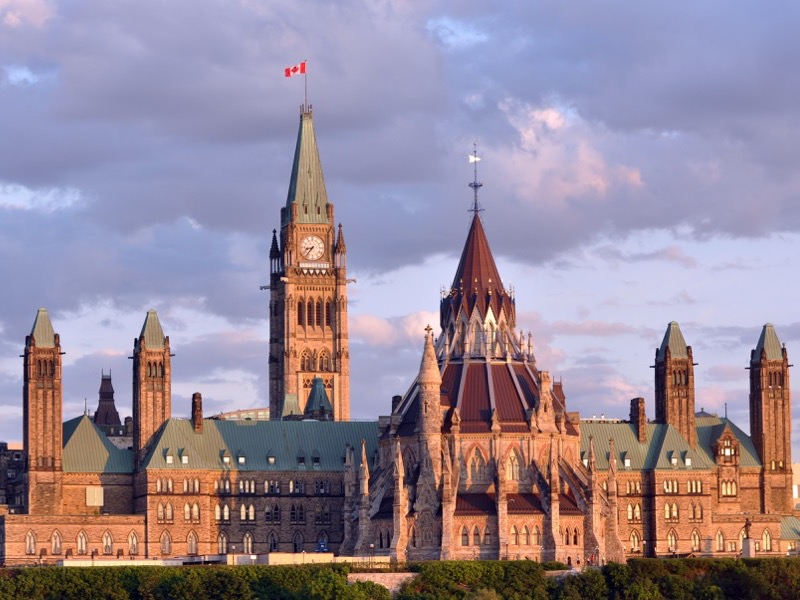
The federal government will table a long-awaited economic update on Nov. 30 as the Liberals try to provide some certainty in the face of what Finance Minister Chrystia Freeland described as a tough season on the way.
The government has not tabled a budget for this fiscal year, but in July delivered what it called a “fiscal snapshot” that estimated the deficit was heading for a record of $343.2 billion.
That figure doesn’t include added spending since July, nor many of the promises the government has made since, such as the first steps toward a national child-care program that should be included in next week’s update.
The Liberals have also said the update will provide the government’s outlook for the economy, as well as spending guidelines to avoid deficits from spiralling out of control since the pandemic has narrowed the government’s budgetary wiggle room.
Expectations are that the economy will take until at least 2022 to get back to pre-pandemic levels, with some scarring from closed businesses and unemployed workers taking even longer to heal. Freeland is faced with providing a plan for managing both the near-term impacts of the pandemic and mitigating longer-term effects.
“A healthy economy requires a healthy population,” said Goldy Hyder, president of the Business Council of Canada.
“It’s time for a co-ordinated approach.”
Freeland said companies and Canadians are heading into “what we all know will be a difficult winter,” calling the rent support program that opened on Monday crucial to making it to next spring.
“We want to keep as much of our economy going as possible,” Freeland said.
Even as the economy picked up in the third quarter, many businesses continued to report lower revenue compared with pre-pandemic levels, Bank of Canada deputy governor Toni Gravelle said in a Monday speech. Still, commercial rents nationally went up by 0.7 per cent, Statistics Canada reported last week.
Gravelle said federal measures, such as the new rent program and the extension of the wage subsidy program to next summer, should help companies and their workers.
But he warned that ongoing localized lockdowns and restrictions will make for a long and bumpy recovery, and the bank expects “an increasing number of businesses will need financing in the coming quarters to get by.”